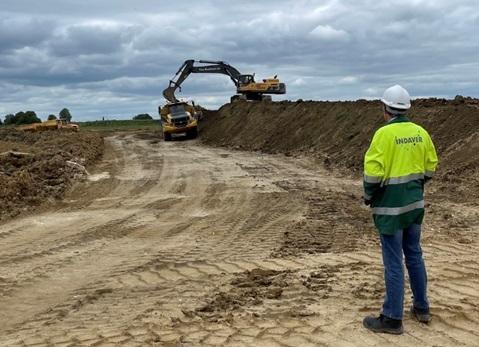2022 so far has seen a resilient jobs market in Scotland, one that wouldn’t have been predicted at the beginning of the pandemic. The demand for workers across multiple sectors is at a remarkable high while wages are struggling to keep up with increasing inflation, highlighting the serious pressures placed upon the economy.
While the beginning of the year saw a healthy start for all sectors, the most evident change when comparing the first few weeks of 2022 to the end of 2021 has been the 133% increase in demand for construction workers, a 123% increase in education, and a 110% rise in demand for production and manufacturing.
Businesses’ increasing confidence has steered a rise in staff demand across Scotland, with 43% of businesses in December 2021 noting that hiring was proving more difficult than usual.
The trend of increasing permanent staff vacancies continued into December and while the rate of these rises endured high, by common standards, it was the lowest increase seen since April 2021. The increasing demand for temporary workers was the lowest in 16 months, with the introduction of the Omicron variant inevitably putting pressure on the demand for short-term workers.
In December 2021, the number of jobseekers fell again. Once again, this rate of decline remained historically high but eased to its lowest since July. The inactivity rate of jobseekers of 21.2% across the UK contributed massively to these labour shortages.
Throughout these unprecedented times, many employers throughout the country have adopted remote, flexible, and hybrid working models with the hope of recruiting and retaining their staff.
December to January data displays that homeworking is most evident within information and communication (70.6%) and professional, scientific, and technical activities (39.6%). Unsurprisingly, the introduction of homeworking within other areas is much lower with accommodation and food services (6.2%) and transport and storage (10.6%).
The size of organisations offering these flexible working models is important to note. The data shows that businesses employing between 10 and 249 staff show a rate of 19% while businesses employing over 250 staff have a rate of 49%.
With this high demand and low availability in mind, it comes as no surprise that salaries have been rising. However, this has been somewhat diluted by the increasing cost-of-living crisis as inflation hits the highest rates seen since the early 1990s. Adjusting for this inflation, wages from December to January fell by 1.2%, the biggest drop since 2014.
The Bank of England has expressed worries that demands for higher wages will lead to an “inflationary spiral” and explains that a balance must be struck to control inflation through increasing interest rates without interfering with economic growth and going into a recession.
Writing in today’s Herald, s1jobs Managing Director, Gavin Mochan, said: “A key issue yet to be faced is that a decade of low-interest rates has left households and firms unaccustomed to the consequences of higher borrowing costs. The negative effects of this on businesses and families could be substantial if it persists.”




